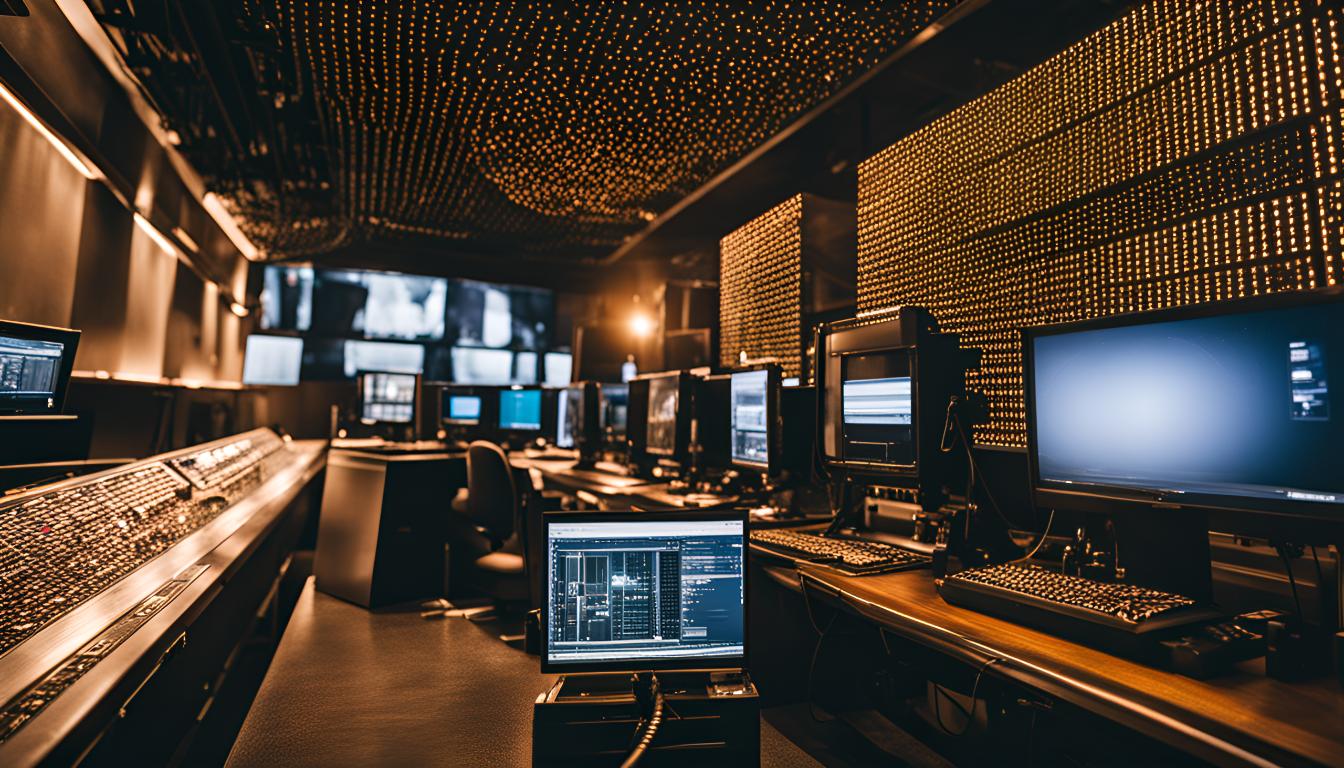30/11/2024
Integration of Technology in Industry
Today, the integration of technology into industrial processes significantly enhances production efficiency and quality. One of these technologies is computer vision systems. In this article, we will explore what computer vision is, how it can be applied in production, and its role in quality control processes. We will discuss how image processing techniques offer innovative solutions for production lines and provide businesses with strategic advantages. By examining detailed application examples and outcomes, you will understand how this technology can contribute to your business's success.

What is Computer Vision?
Computer vision refers to the processing of digital images using computer algorithms. This technology has revolutionized various industries, especially in manufacturing and quality control. Through image processing, machines analyze images and make decisions without human intervention. These processes can be integrated with artificial intelligence solutions and industrial automation systems, thus enhancing the efficiency of operations.
Modern visual data analysis techniques play a crucial role in optimizing production processes. Supported by advanced cameras and sensors, these systems aim to minimize defects and maximize product quality. For instance, they can analyze the surface of products on a production line, detect minor flaws, and classify them accordingly.
Applications of Computer Vision in Manufacturing
Computer vision technologies revolutionize modern manufacturing by significantly enhancing both efficiency and product quality. Tasks such as automated defect detection, flawless quality control, and process monitoring are carried out more intelligently and accurately with this technology.
Especially in industrial automation, computer vision enables robots and machines to perceive their surroundings and make faster, more accurate decisions. This minimizes unnecessary time losses on production lines and maximizes operational efficiency.
Quality Control with Image Processing
Quality control processes are critical in manufacturing. Computer vision techniques have emerged as highly valuable tools in these processes, helping reduce production defects and ensuring continuous improvement. By utilizing defined algorithms, these systems analyze visual data and identify surface defects, assembly errors, and measurements with high accuracy.
Enhanced with artificial intelligence solutions, computer vision becomes even more effective by enabling systems to continuously learn and adapt through machine learning algorithms. This proactive approach plays a significant role in minimizing errors, especially in repetitive manufacturing processes.
Strategies for Enhancing Efficiency
Computer vision technology plays a crucial role in boosting efficiency and reducing costs in manufacturing processes. A key strategy is real-time data analysis. Every product on the production line is scanned using high-resolution cameras, and the collected data is analyzed by algorithms. This ensures automatic quality checks and immediate defect detection, preventing waste.
By integrating visual data analysis with industrial automation systems, the speed and capacity of machines are continuously monitored, potential malfunctions are identified early, and corrective actions are taken proactively. This not only optimizes energy usage but also maximizes production capacity.
Innovative Applications in Manufacturing
Innovation in manufacturing processes is key to gaining a competitive advantage and quickly adapting to market dynamics. With computer vision techniques, real-time data analysis becomes feasible, enhancing product quality while reducing production costs.
These innovative applications provide high-quality products to end-users while delivering significant benefits in terms of cost efficiency and market competitiveness for businesses. By employing advanced image processing algorithms, manufacturing lines can continuously improve their efficiency, leading to overall performance enhancements.
The Role of Computer Vision in Quality Control
Computer vision technology has revolutionized quality control processes in the manufacturing sector. It is used to detect surface defects, perform measurements, and create classifications. These systems analyze visual data using artificial intelligence algorithms, ensuring real-time data flow for process optimization.
By providing continuous improvement and innovation opportunities, computer vision offers a platform for businesses to respond swiftly and effectively to market demands. The advantages provided by this technology are shaping the future of the manufacturing sector.

